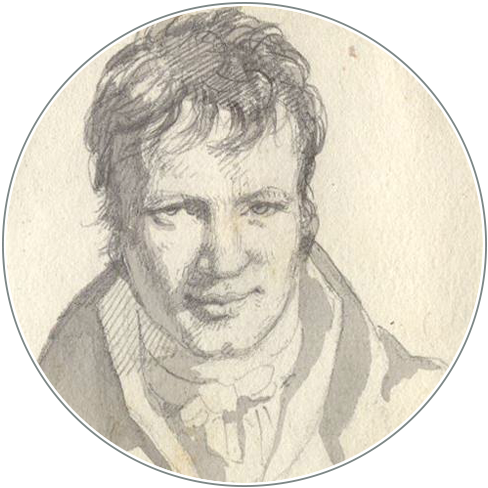Alexander von Humboldt’s ideas on volcanism and their influence on Russian scientists
DOI :
https://doi.org/10.18443/66Mots-clés :
1829, P. Kropotkin, P. Semenov, Samarium, VulkanismusRésumé
Abstract
The article provides historical background for Alexander von Humboldt’s expedition into Russia in 1829. It includes information on Humboldt’s works and publications in Russia over the course of his lifetime, as well as an explanation of the Russian scientific community’s response to those works. Humboldt’s ideas on the existence of an active volcano in Central Asia attracted the attention of two prominent Russian geographers, P. Semenov and P. Kropotkin, whose views on the nature of volcanism were quite different. P. Semenov personally met Humboldt in Berlin. P. Kropotkin made one of the most important geological discoveries of the 19th Century: he found the fresh volcanic cones near Lake Baikal.
Soon after Humboldt’s Russian expedition, and partly as a result of it, an important mineral was found in the Ilmen mountains – samarskite, which later gave its name to the chemical element Samarium, developed in 1879. At the beginning of the 20th Century, the Russian scientist V. Vernadskiy pointed out that samarskite was the first uranium-rich mineral found in Russia.
Téléchargements
Comment citer
Numéro
Rubrique
Licence
(c) Tous droits réservés Alexander Zemtsov 2005

Ce travail est disponible sous licence Creative Commons Attribution - Pas d’Utilisation Commerciale 4.0 International.
Les droits des articles envoyés restent la propriété de leurs auteurs et sont publiées sous la licence Creative Commons-Lizenz (CC BY-NC 4.0). Tous les auteurs publiant dans le HiN doivent accepter ce modèle de licence.
Les auteurs doivent eux-mêmes s’occuper de l’obtention des droits d’auteur pour les images utilisées.
Les divers éléments de la mise en page et du design de la revue sont protégés et ne peuvent être récupérés et réutilisés dans d’autres publications sans autorisation préalable de la part de HiN.










